I’d wanted to try Harman Phoenix for a while. When it was released in late 2023, there was a lot of excitement for a new colour film – not a repackaged Kodak cine-film, but an actual brand-new film!
I almost pulled the trigger right away, but had a few other films I wanted to use up first. I did start to read and watch some reviews though, and initial results were… variable. Some people were getting some nice results, others found the film quite inconsistent, with shots sometimes appearing under-exposed, or with odd colour-shifts in the shadow areas. In addition, the warm tones the film produced weren’t really to my tastes.
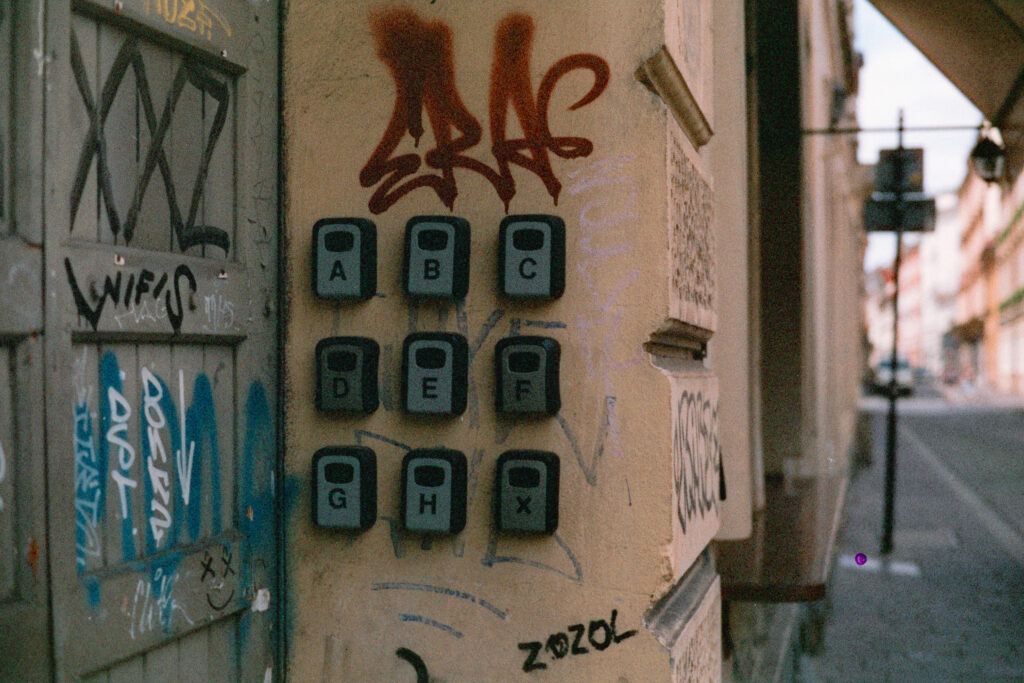
A few months later, and I still had a nagging guilt at not having invested. Even if Phoenix wasn’t looking like something I wanted to try, I felt that Harman should be supported for investing the time and resouces to produce it. Some more reading suggested that the main thing it needs to work well is light. So, faced with a trip to Krakow in June, I decided to finally pick up a roll to take with me.
With my wife having to take a day out of our trip to do some work, I took myself off for a walk around the city to experiment.

For the most part, I just walked the streets around the main square, and took a quick walk up the hill to the courtyards around Wawel castle. A mostly sunny day meant there were lots of opportunities for shots that included areas of light and shadow. Equipment-wise, my X-700 was partnered with 3 lenses – a 50mm F1.4, and 28mm and 135mm lenses that both opened up to F2.8 – the latter two being some Vivitar lenses I picked up off eBay for what seemed like a good price. I was also eager to get the roll back to see if my attempt at replacing the light-seals on the camera had worked, after an earlier roll demonstrated some bad light-leaks after I’d used it on a bright day.

Once I got home, I sent off the roll to be developed at my usual lab. These days, I keep costs down by doing the scanning myself, and although I develop black and white at home, I don’t do colour yet. A week or so later, the negatives returned and were ready for scanning. Before starting, I looked through the negatives by eye and it looked promising- the shots appeared to be well exposed with lots of detail. One thing that did strike me as interesting was that the negatives mostly had a cool blue/purple hue, so I knew that once scanned and converted, the shots would indeed be quite warm.
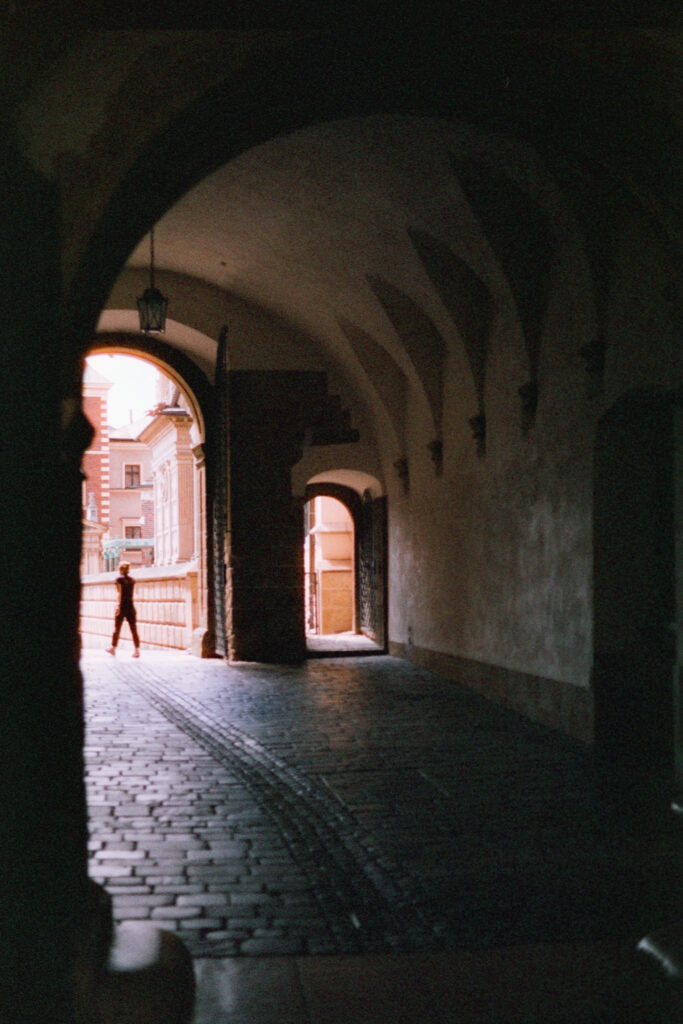
Once scanned and converted, I found I was pleasantly surprised. Even shots featuring heavy areas of shadow came out quite nicely, without any of the muddy tones I’d seen some people reported. I generally exposed for the shadow area in any given scene, and also dialed in +0.3 EV on the camera to give a smidge of extra light.
Shots with extremes of shadow and bright areas such as the one above in the tunnel also showed the halation that Phoenix will produce. Unlike the reds of Cinestill 800T, the halation here tends towards orange. It can also be seen around the brightly lit building in the image below – look at the vertical shadows on the building, the leaves that cover the brightest parts, and the lamp-post on the right that turns orange where it meets the sunlit brickwork! The other thing that’s notable is the results are fairly grainy. It’s not bad grain, but it’s maybe more than you would expect for a relatively low ISO emulsion.
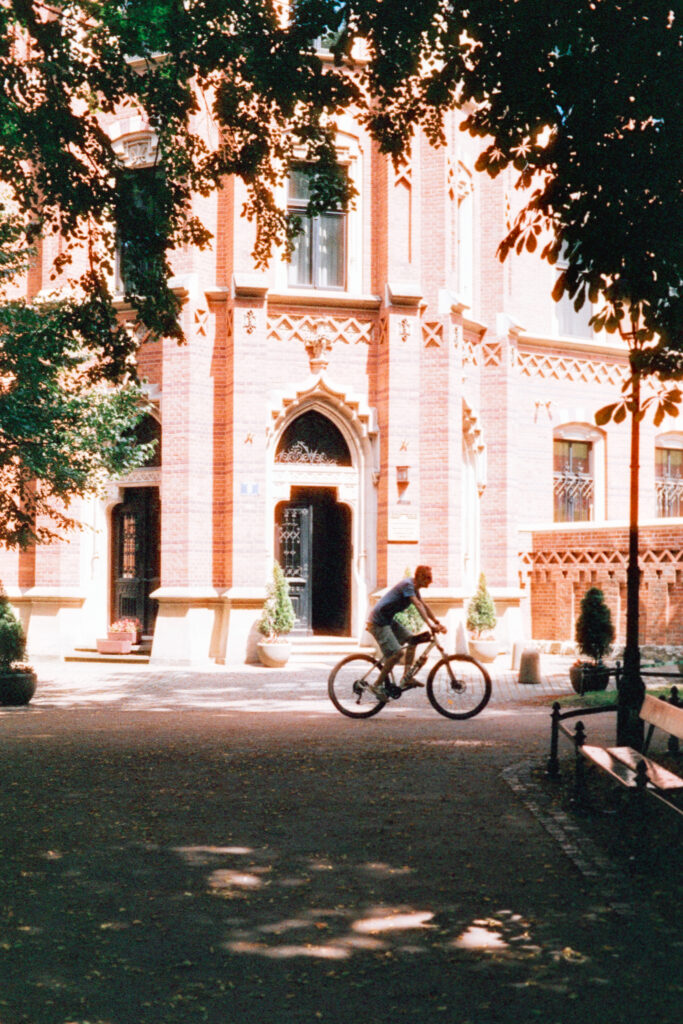
I shot this roll fully expecting to get mediocre results that I didn’t really like, but I ended up enjoying many of the pictures. Now I think I know how to shoot it, I will probably order some more. If you wanted my summary tip for shooting Phoenix, I’d say “Shoot it on a sunny day, expose for the shadows, and don’t be scared to over-expose it slightly”
You can find more over on Instagram
Share this post:
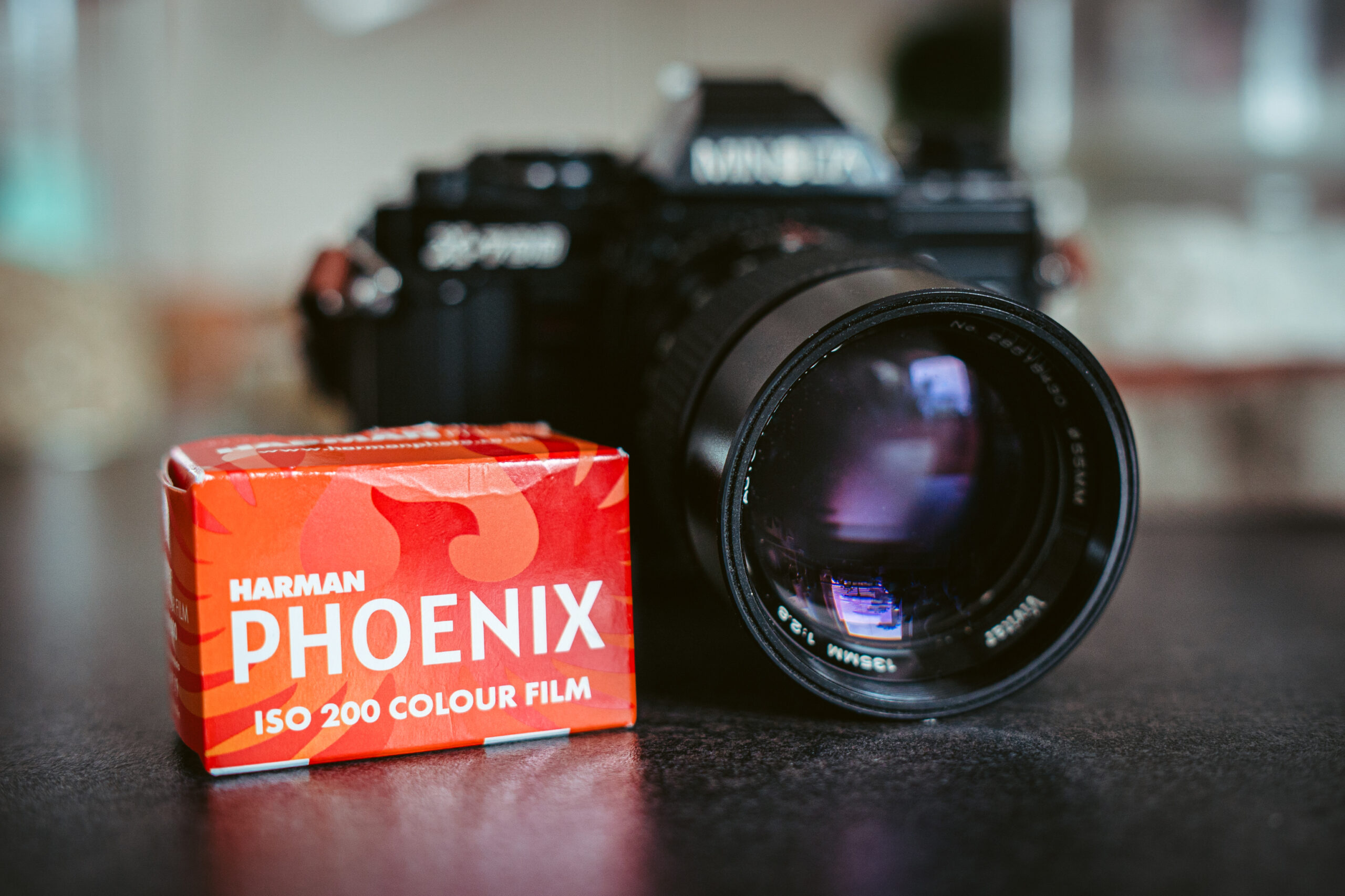
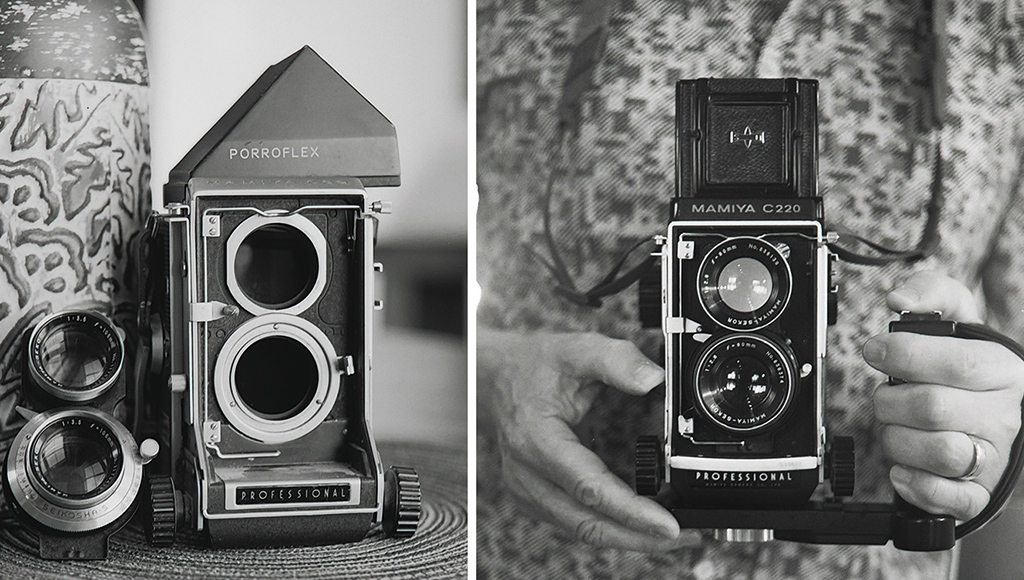
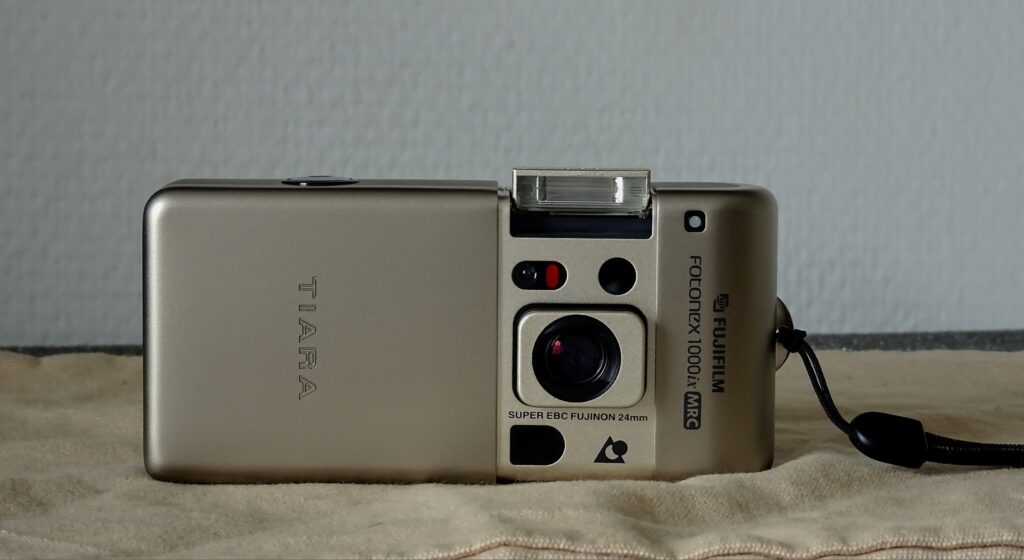

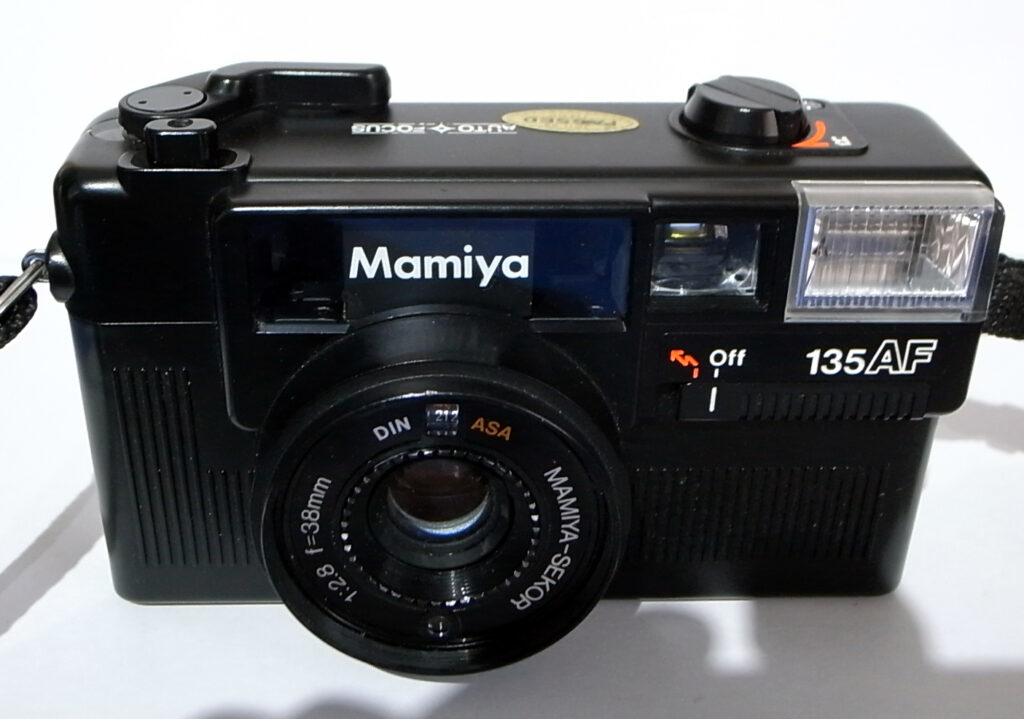




Comments
Gary Smith on 5 Frames with a Minolta X-700 and Harman Phoenix in Krakow, Poland
Comment posted: 11/08/2024
Comment posted: 11/08/2024
Paul Quellin on 5 Frames with a Minolta X-700 and Harman Phoenix in Krakow, Poland
Comment posted: 12/08/2024
You got some nice results out of what seems to be a tricky film. I would be interested to hear more about any scanner settings you used. I got some quite wacky results of a roll of Phoenix, but some were very wide of the mark in terms of colour. I hadn't expected colour accuracy and I too felt I should support what Harman were doing, in the knowledge that Phoenix is probably a test bed for something else. I struggled a little with skies, although sometimes the effects were really good fun. Pictures of flowers against blue skies looked almost like they were painted in vivid acrylics.
Comment posted: 12/08/2024
Tony Warren on 5 Frames with a Minolta X-700 and Harman Phoenix in Krakow, Poland
Comment posted: 12/08/2024
Comment posted: 12/08/2024